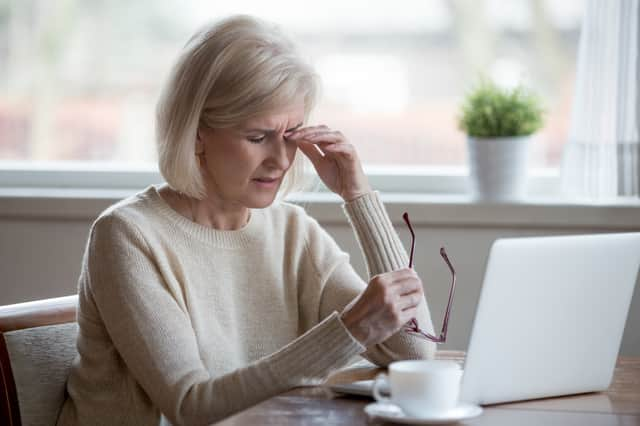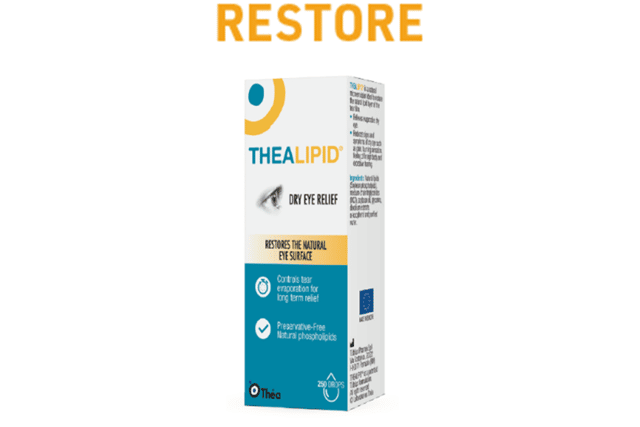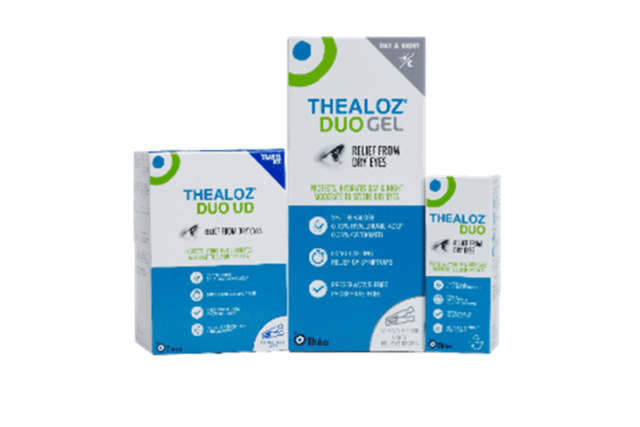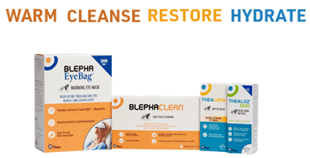More than meets the dry eye - combatting eye discomfort


There are many factors that contribute to developing dry eye, including being female, particularly those on hormone replacement therapy, blepharitis, excessive digital screen use, eye surgery, air conditioning or heating, low intake of omega-3 fatty acids, wearing contact lenses; the list goes on.
But fear not, the seasoned experts at Théa UK are ready to unravel the symptoms of dry eye types and share the perfect treatments to effectively manage your symptoms.
Typically, dry eye can be classified into two main categories: Evaporative Dry Eye (EDE) and Aqueous Deficient Dry Eye (ADDE), so you may hear some of these phrases used when you see your optometrist for an eye test.


Evaporative Dry Eye (EDE) meaning Not Enough Oil
EDE is the most common type of dry eye, typically caused by meibomian gland dysfunction (MGD) which occurs in over 85% of dry eye cases and relates to the natural oil-producing glands in your eyelids. If they become blocked or change in size and number, they produce a deficient or poor-quality oily layer of the tears.
If you are experiencing symptoms like redness, grittiness, soreness, excessive watering, burning sensation, or tired eyes, you may have EDE.
To combat EDE, it is recommended to incorporate products that help support and restore the oil layers such as TheaLipid, alongside adopting a healthy eyelid warming and cleansing regime such as the Blepha range to unblock the glands.


Aqueous Deficient Dry Eye (ADDE) meaning Not Enough Water:
ADDE happens when you have reduced tear production because of dysfunction in your lacrimal glands (these are the glands which are responsible for producing the water component of your tears).
When your eyes do not produce enough tears to lubricate and protect the eye surface, you may experience pain, discomfort, and eye irritation. ADDE is often seen in those with autoimmune disorders such as Sjogren's syndrome.
For those suffering from ADDE, the recommended solution is to hydrate the eyes. Products like ThealozDuo drops or gel can effectively protect, hydrate, and lubricate your eyes – and for longer than traditional drops for dry eye.


Mixed Dry Eye (MDE) - Not Enough Water and Oil
In many cases, people may have both types of dry eye which is often referred to as mixed dry eye (MDE). Symptoms typically present as a combination of dryness, excessive tearing, or eye soreness. To address this, an eye care routine that provides comprehensive support to the tear film is recommended. Using various products tailored to your specific needs can help you manage MDE effectively.
Top tips from an Eye Expert
Keval Sejpar, Principal Optometrist at McAusland Optometrists and member of Théa UK’s E.Y.E. (Expert on Your Eyes) team shares his top tips: "Make sure to see your optometrist for regular eye examinations, remember to take regular breaks from the screen when using digital devices, and consider factors in your lifestyle that might impact your eye health such as smoking, alcohol consumption, diet, and the cosmetic products you use."
By unlocking the secrets of dry eye types and using the right treatments, you hold the key to minimising eye discomfort, so don’t ignore your eye symptoms, always seek advice from your pharmacist or optometrist, as they have the expertise to identify your dry eye type and offer appropriate treatment options.
Théa UK offers a range of clinically proven products that help sufferers adopt a simple approach to good eye care with a warm, cleanse, hydrate and nourish routine. For more information on these products and how they can support your eye health, please visit http://www.youreyehealth.co.uk.